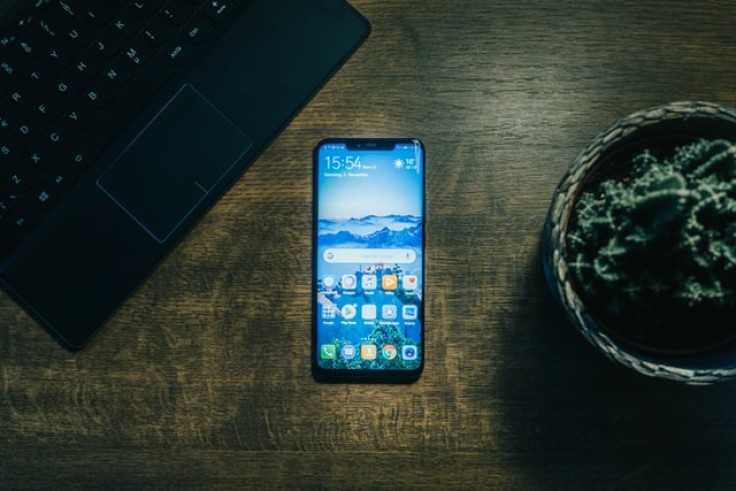
Nearby Share allows users, without having the need to install third-party apps, to enjoy rapid and close-range file transfers. It's similar to Apple's AirDrop that has been around since 2014. The feature allows sharing of common files such as music, photos, videos, and other zipped contents. If you're into gaming, chances are you've considered it to send or receive APK files and even the contents of a games OBB folder. It auto-magically decides which protocol to use to send and receive files depending on the sender's and recipient's connection status. Nearby Share can either use Bluetooth, Bluetooth Low Energy, WebRTC, or peer-to-peer WiFi. This gives users the ability to share files even when they're offline.
Before Nearby Share
We've really come a long way from the time we'd need not to move our devices lest we want the IR connection to be cut. Gone were the days we'd use infrared to exchange files and Bluetooth connections that were utterly slow. If you're lucky enough, you'd manage to successfully receive a 4-MB MP3 song in not less than three minutes. That was fast during that era. However, imagine if you're about to send a short video clip? It would really take forever, or until your battery runs out. Nowadays, everything's mostly wireless especially since everyone's always on the go and has no time and patience to bring along their data cables and other connectivity peripherals.
Even before Google finally decided to include this feature on its latest update, Android users have already been used to using third-party apps that offer the same features and functions. SHAREit is a really good example. Apps like this rely mostly on the one of the users creating a personal WiFi hotspot where either the recipient or sender connects to. Once all users are connected, this virtual network is where all the transfer takes place.
Not everyone has unlimited mobile data
Sadly, having a high mobile data allowance is somewhat still far from being a reality for most subscribers. That being said, especially if you're nearing the limit of your data allowance for the month, you'd want to save it up to the last drop.
Nearby Share by default would consume your mobile data if not set properly. But fear not, setting it up isn't that hard.
Avoiding mobile data loss
Make sure that both sender's and recipient's devices are running at least Android 6 and above. Launch your phone's Settings app and search for Nearby Share. Once you're inside, look for the "Data" option. Just tap it and you'll be presented with three options on how you prefer to share or receive files. You can do so via mobile data (obviously you shouldn't select this), Wi-Fi only, or Without internet (best option so far!).
Just apply the changes and the next time you use Nearby Share, your mobile data won't be consumed.









